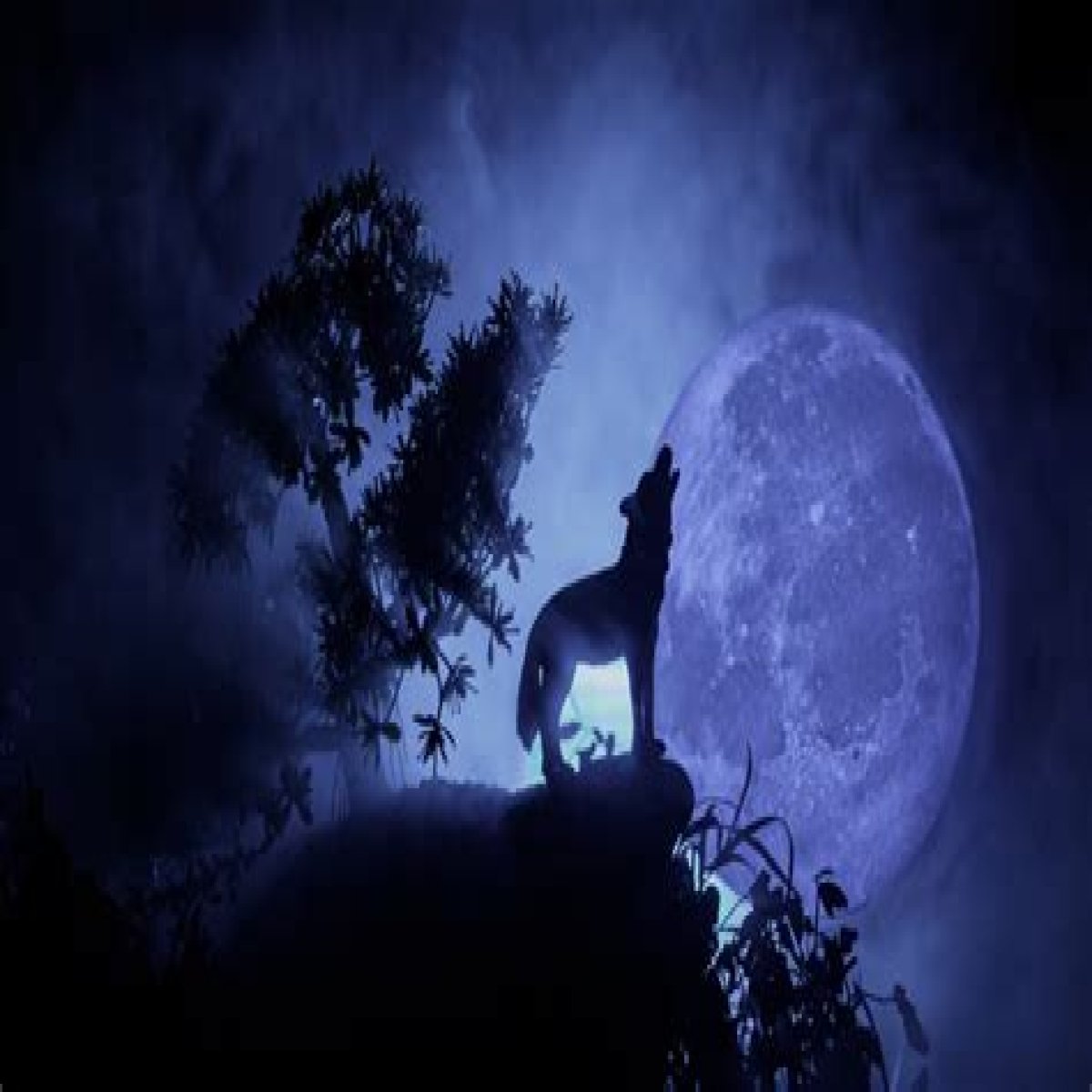Wolves are usually more active during the night than during the day. The gray wolf, for instance, is crepuscular (rather than diurnal or nocturnal), meaning it is mostly active at dawn and twilight, according to Defenders of Wildlife. In other words, wolves are out and about — and howling — at times when there may be a moon overhead. That doesn't mean, however, that they're more active when there's a full moon in the sky — at least one study has found that maned wolves actually travel less during a full moon (via Behavioural Processes), which is possibly to conserve energy during the well-lit times when their prey is more likely to be hiding.
Additionally, wolves really do throw back their heads when they howl, putting their snout straight in the air, in order to make their howl carry farther, according to HowStuffWorks. It's easy to see the direction of their snouts and assume they're pointing toward the moon.
